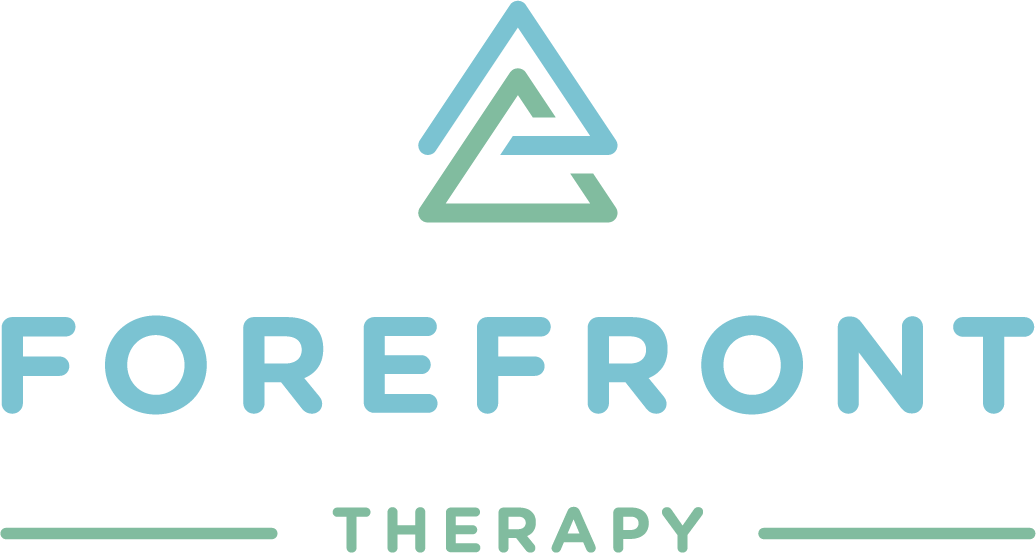Movement isn’t just a way to burn off excess energy; it's a secret ingredient that fuels your child's brain and emotions. Movement inspires motivation, heightens focus, and increases participation. Understanding how movement influences sensory systems can empower parents and teachers to create more effective learning environments.
Our sensory systems are our body's ways of receiving and responding to information from the environment and play a crucial role in how we process and respond to stimuli. Some children experience sensory processing differences, which can affect their ability to engage with the world around them.
Two of the main sensory system’s that impact learning are the vestibular system and the proprioceptive system. The vestibular system is located in the inner ear. This system helps us sense movement, balance, and spatial orientation. It influences our ability to focus and maintain attention. Our proprioceptive system is connected to our muscles and joints, this system provides information about body position and movement. Engaging in activities that require heavy work (i.e. pushing or pulling) can help children develop better body awareness and improve their ability to stay organized and attentive. When the vestibular and proprioceptive systems are well-regulated, children are more likely to stay engaged in learning tasks.
The following are some practical tips that can be incorporated into the classroom or at home to improve attention and motivation:
Schedule short, consistent breaks throughout the day for movement activities and exercise. A mini dance party, stretching, or even a quick walk can help children refresh their brain and stay engaged in learning tasks.
Design activities that combine movement with learning. For example, create a math game that involves jumping to different numbers or use an obstacle course to hunt for letters. Learning becomes fun when it's paired with action!
Incorporate heavy work into daily tasks and in between tasks. At home, let your child carry grocery bags or push a loaded laundry basket. At school, they can help deliver books or rearrange desks. These tasks not only strengthen their bodies but also keep them engaged.
Be an investigator; pay attention to how different types of movement affect your child’s behavior and learning. Adjust activities based on their responses to ensure they are both motivational and beneficial.
When kids are actively involved in learning through movement, they don’t just grasp concepts faster they also remember them longer. By blending sensory motor activities into everyday routines, you can help your child excel academically, socially, and emotionally. So let’s get moving!
About the author:
Kyle Courtney M.S. OTR/L is an occupational therapist with a Bachelor’s of Science In Exercise Science, Minor in Psychology, and Master’s of Science in Occupational Therapy from The University of Southern Indiana. Kyle grew up in Evansville, Indiana and graduated from Reitz Memorial High School. Kyle moved to Atlanta, GA, in 2017 to provide pediatrics in outpatient settings with corresponding hippotherapy services. Kyle’s approach focuses on learning through structured play and interactive activities to assist in the development of fine motor skills, coordination, sensory integration, social skills, and self-care. He knows that kids tend to excel when they are enjoying themselves and thrives in making as great of an atmosphere as possible. In his free time, he enjoys spending time outdoors, playing board games, attending sporting events, attending concerts, and exploring new restaurants.


